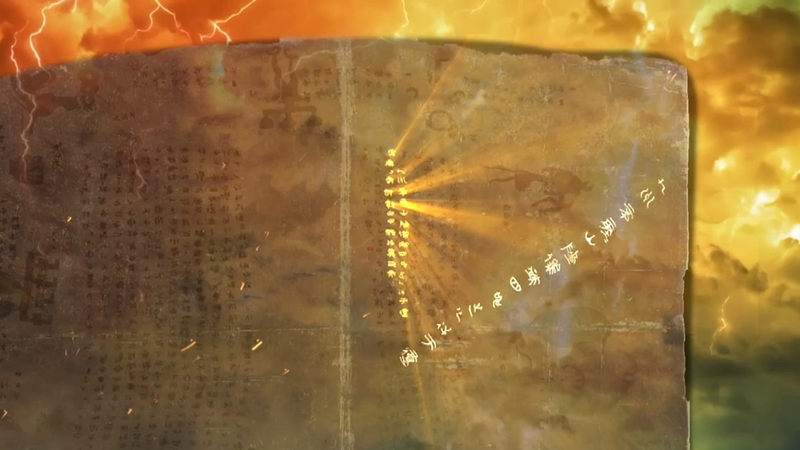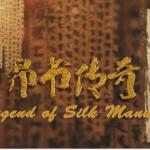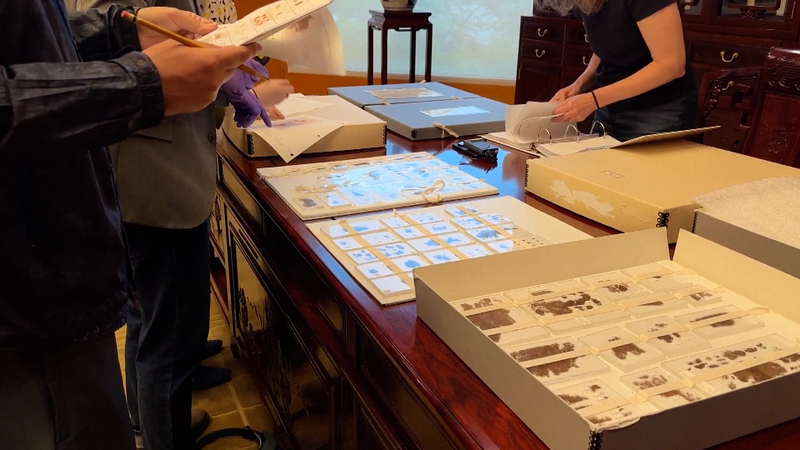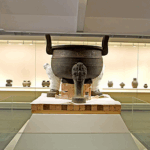Hidden in the shadows of history, the Chu Silk Manuscripts—older than the Dead Sea Scrolls—are a collection of texts that could rewrite our understanding of ancient Chinese mythology. Discovered in a tomb in the 1940s, these delicate silk artifacts contain one of China's earliest creation myths, blending astrology, philosophy, and mystical symbols. Yet for nearly 80 years, they’ve been thousands of miles from home, held in the United States under controversial circumstances.
🌌 The manuscripts, crafted during the Warring States period (475–221 BCE), offer rare insights into China’s spiritual past. Imagine silk so finely preserved it still bears vivid ink—a time capsule from an era when scholars debated cosmic order and humanity’s place in it. But how did they end up overseas? Records suggest they were smuggled out during wartime turmoil, sparking ongoing calls for their repatriation.
💡 Why does this matter? Beyond their artistic beauty, the texts challenge assumptions about early Chinese thought. They reference deities like Fuxi and Nuwa, creators of humankind, and map celestial patterns that guided ancient rituals. For historians, they’re a Rosetta Stone-level puzzle; for the diaspora, a lost thread connecting them to their roots.
✨ While institutions like the Sackler Gallery now house the manuscripts, advocates argue they belong where their story began: the Chinese mainland. As debates over cultural heritage heat up globally, these fragile silks remind us that history isn’t just written—it’s woven.
Reference(s):
cgtn.com








